At the end of September, I enjoyed my second holiday this year since I almost got stranded in Sri Lanka as a result of COVID-19. The first was a mammoth walking challenge along the entire length of the Hadrian’s Wall Path; this one was a much more relaxed affair with mum up in Durham.
Since my dad died a few years ago, mum and I always try and get away together a couple of times a year. She loved the surprise trip to Tuscany I treated her to in 2017, and we spent a lovely four days exploring Looe in Cornwall last October. The rest of our trips I’m still yet to blog about, but I thought I’d write this one up while the experience is still fresh in my mind.
Fortunately we booked our weekend in Durham before the UK went into lockdown on 23 March 2020, and luckily we were still able to make the trip before local restrictions came into force.
Some of the links in this post are affiliate links. All this means is that if you make a purchase through one of the links I have provided, I will earn a small commission as a result but the cost to you will remain exactly the same.
For those of you who don’t know, Durham is a city (albeit a very small one!) in northeast England, 30 kilometres (19 miles) south of Newcastle-upon-Tyne.
Almost entirely enclosed within the loop of the River Wear, Durham is best known for its Norman cathedral and 11th century castle.
However, its abundance of picturesque riverside walks, listed buildings (there are 569 in the city centre alone) and independent shops, bars and restaurants are also very good reasons to love this “perfect little city.” (Notes from a Small Island, Bill Bryson).
So, without further ado, here are a few things to do in Durham and the surrounding area, along with some recommendations on where to eat and drink in the city. Should you be spending the weekend in Durham, I’ve also included a few accommodation options for you to consider.
Durham Cathedral
Let’s jump straight in with the star of the show! Work began on the construction of Durham’s cathedral in 1093, and the incredible structure was completed just 40 years later, in 1133.
What makes Durham’s cathedral so architecturally important is the fact that it’s the oldest surviving building with a stone vaulted ceiling of such a large scale. Developing the know-how to roof large buildings with stone was a pretty remarkable feat of engineering back in the late 11th and early 12th centuries.
Durham Cathedral is also notable for the fact that its Norman architecture has survived largely intact, when the majority of other important Norman buildings were significantly altered – some beyond recognition.
‘The Journey’ Sculpture
When I first noticed this sculpture on an early evening wander across the river to Durham’s cathedral, I completely missed the plaque on the wall beside it, informing me of its significance. It was only the next morning, during our walking tour of the city, that our guide enlightened us to the historical importance of what the sculpture portrays.
The cloaked individuals are monks and they are carrying the coffin of Saint Cuthbert.
Saint Cuthbert was a Northumbrian Saxon who lived on the island of Lindisfarne (‘Holy Island’) in the 7th century. In his roles as both Prior and Bishop, he was responsible for spreading Christianity across the north of England and he was well known for his generosity to the poor. After he died in 687AD, people would attend his grave to say prayers and many believed that Cuthbert had responded to those prayers and healed their loved ones. As a result, the community on Lindisfarne decided to ‘elevate’ Cuthbert’s remains, 11 years after his death.
Miraculously, his body had not decayed and it was at this point that he was recognised as a Saint.
On the 8th of June 793, the Vikings invaded Lindisfarne. The community fled, carrying with them the Lindisfarne Gospels and the coffin of Saint Cuthbert. They settled in Chester-le-Street for 100 years before further attacks led them to flee once again, finally seeking refuge on a rocky outcrop in the loop of the River Wear – present day Durham.
Consequently, a small white church was built to house the relics of Saint Cuthbert – a church which has since been replaced by the city’s magnificent cathedral.
Durham Castle
Built in the 11th century, Durham Castle is an excellent example of the early motte and bailey castles, as favoured by the Normans. It’s been continuously occupied since its original construction 900 years ago, and is the only castle in the UK to have never suffered a breach.
Durham Castle has been owned by the city’s university since 1837. If you’ve always fancied living in a castle, you may want to consider applying for Halls of Residence at Durham University.
However, if you just fancy having a look around the castle, you might be interested to know that the facility has been open to the general public since 1986 – although visits are by guided tour only, which you’ll need to book in advance.
Good to know: As a result of COVID-19, Durham’s castle is currently closed to the public until early 2021. Keep an eye on their website for future opening times.
Botanic Garden
Another attraction that’s owned by the university, Durham’s botanic garden is set amongst beautiful mature woodlands on the southern outskirts of the city. It’s home to an arboretum, an alpine garden, a bamboo grove and a collection of glasshouses showcasing tropical rainforest flora, desert plants and a number of species from the Mediterranean.

There’s also a science trail (great if you’re travelling with kids) and a sculpture park, where you’ll find – amongst other quirky creations – a wonderful pair of millennium bugs.
Unfortunately, the botanic garden was also closed when I visited. However, the university hope to be able to re-open it early next year.
Riverside Walks
One of the things I loved most about my trip to Durham with mum was our relaxing wanders along some of the city’s riverside trails.
On the morning of our second day in the city, we dropped down on to the river path close to our hotel, and followed it south and around the bend of the river loop as far as Kingsgate Bridge. From there we crossed over the bridge and followed the path on the opposite side of the river, back in the direction we’d come from. Just before Framwellgate Bridge, the trail slopes uphill towards the centre of the city and brings you out by the Riverview Kitchen.
Some of the best views of Durham’s cathedral – along with the weir and the Old Fulling Mill – can be enjoyed towards the start of this trail, when you reach the Durham School Boat House.
You’ll also get some lovely views a little further along, of Prebends Bridge. If you’ve lucked out with the weather, the sun will create some beautiful reflections in the water below.
Prebends, Framwellgate and Elvet bridges are the three notable stone-arch bridges in the centre of Durham, that cross the River Wear.
The North and South Baileys and Dun Cow Lane
If you want to explore some of the oldest and most historically significant streets in Durham then you’ll need to head to Dun Cow Lane and the North and South Baileys. As you stand facing the front of Durham’s cathedral, Dun Cow Lane is the street that heads downhill to the left of the building. It was named after the legendary Dun Cow that led the community of Saint Cuthbert to Durham in 995. It was also the street that separated the inner and outer baileys.
At the bottom of Dun Cow Lane, you’ll find two of Durham’s most attractive streets – North Bailey and South Bailey. The two streets are actually one long continuous street that changes name part the way down. Take a right when you reach the end of Dun Cow Lane and you can follow the Baileys all the way down to Prebends Bridge.
Although there are buildings along here that date back to the 17th century, most are of Georgian origin. In the 18th century, houses along these two streets were occupied by some of County Durham’s wealthiest landowners. The Liddel family were once residents here, and the significance of this fact is that Alice Liddel was Carroll’s inspiration for Alice in Wonderland.
Where to eat and drink in Durham
Flat White Kitchen
Although the food here is a little on the expensive side compared to a few of the other establishments we earmarked in the city, we still loved this little place and there’s a very good reason that it’s one of Durham’s go-to brunch spots. Flat White Kitchen is located in a beautifully renovated five-storey 17th century townhouse on Sadler Street, just minutes from Durham Cathedral.
It was founded in 2010 by Peter and Patrick – former students at Durham University who travelled extensively after their degree, and drew upon their barista training in Australia and New Zealand in order to make Flat White Kitchen the success it is today.
Good to know: For all of you avocado fans out there (I am one of them!), you’ll be pleased to hear that yes, they do serve the beauties on sourdough toast – accompanied by crumbled feta, chilli and coriander.
Riverview Kitchen
As its name would suggest, Riverview Kitchen is located right on the banks of the Wear, in an elevated position that affords some fantastic river views.
Although mum and I didn’t end up eating here, we did peruse their menu and were impressed by their very reasonable prices. You can choose from a selection of open sandwiches on sourdough, falafel, Asian steamed buns, salads, burgers and wraps. There’s also a large breakfast and brunch menu.
Riverview Kitchen also receives great reviews on Trip Advisor and was awarded their Travellers’ Choice 2020 award.
In addition to the above, we enjoyed the food served in our hotel (below) and would have liked to have to have sampled a few of the following eateries, had we spent a little longer in the city.
- Bill’s Durham. This cafe/restaurant looked like a lovely little place for a relaxed evening meal with friends. It’s located right next door to Flat White Kitchen.
- Cafedral. As the name would suggest, this place is located close to the city’s cathedral – on Owengate. It’s a cosy, family-run cafe with eclectic decor and delicious home-cooked food.
- Tealicious Tea Room. If you’re more of a tea fan than a coffee fiend then you’ll want to check out Tealicious. The cakes here look absolutely amazing too! It’s located on Elvet Bridge.
Where to stay in Durham
We stayed at the Radisson Blu, located on the banks of the River Wear, just 600 metres (or a 10-minute walk) from the city’s cathedral. Although I usually prefer to stay in independent hotels and B&Bs, the Radisson Blu offered better value for money on this occasion. Our room was massive (we had a double and a single bed and a living room area with large sofa) and we had a huge wet room to boot. Moreover, breakfast was included in the rate we paid. And, although the usual buffet-style was not available, we could order whatever we wanted from a long list of hot and cold food and drinks.
We also felt that there were appropriate safety measures in place to protect guests in light of the coronavirus pandemic. Seats in the restaurant were well spaced, hand sanitiser was available everywhere and the staff were enforcing the wearing of masks in communal areas, as well as wearing them themselves. Check in and out was also contactless and room keys were thoroughly disinfected after use. I know mum was a bit wary about staying in a hotel – especially considering the rise in coronavirus cases in the area shortly before we travelled – but she felt a lot safer once she had first-hand experience of the hygiene standards being employed in the Radisson Blu.
You can book yourself a room at the Radisson Blu Hotel in Durham here.
If you don’t mind being a little less central or parting with a little more money, there are some beautiful options available on Airbnb. This shepherds hut is a 15-minute walk from the city, through the picturesque Flass Vale. Or this 19th century Grade II listed building has now been converted into luxury apartments, just a couple of minutes east of the river loop.
Get up to £50 off your first Airbnb booking by registering via this link.
Day trips from Durham
Kiplin Hall, Richmond
This Grade 1 listed Jacobian historic house was initially built for George Calvert (Secretary of State for James I and founder of Maryland USA) in the early 1620s, and is now a museum that documents the history of the four different families who’ve owned it over the years.
Although the interior of the house wasn’t as grand as I envisaged (both the sole kitchen and bathroom on display desperately needed some TLC!), there are some beautiful pieces of furniture inside, several of which my mum wanted to steal and bring home with her.
However, the selling point of this mansion for both mum and I was the grounds in which it resides. Kiplin Hall sits in front of an immense lake and there are a whopping 90 acres of woodland, gardens and parkland to explore.
Good to know: Kiplin Hall is located 38 miles south of Durham, just off the B6271, near Richmond. Entry to the hall and gardens costs £10.50 (correct at the time of writing). For more information, you can visit the Kiplin Hall website.
Finchale Priory
Finchale (pronounced ‘finkle’) Priory is a Grade I listed building that was founded in 1196 on the site of the Hermitage of Saint Godric. It prospered as a place of pilgrimage for many years, and in the 14th century it was used as a holiday home for the monks at Durham Cathedral.
Following the dissolution of the monasteries between 1536 and 1541, Finchale Priory fell into disrepair. It wasn’t until the 1920s that restoration work began, under the care of the Office of Works (a predecessor of English Heritage).
Good to know: Finchale Priory is located just under five miles north of Durham, on the banks of the River Wear. You can actually walk there from Durham, following the Weardale Way. Admission is free (correct at the time of writing).
If you like this article, please share it on social media using the share buttons at the top of the post. And if you’d like to save it for reading later, why not pin to one of your Pinterest boards? Alternatively you can follow along on Facebook or Twitter, or you can look me up on Instagram or Pinterest too!


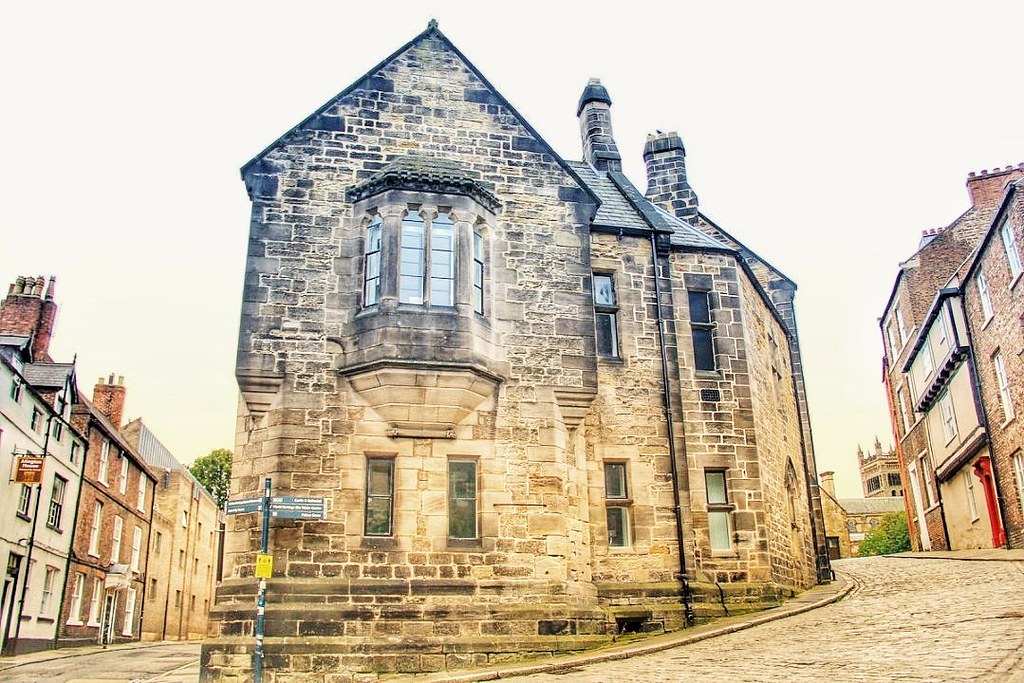
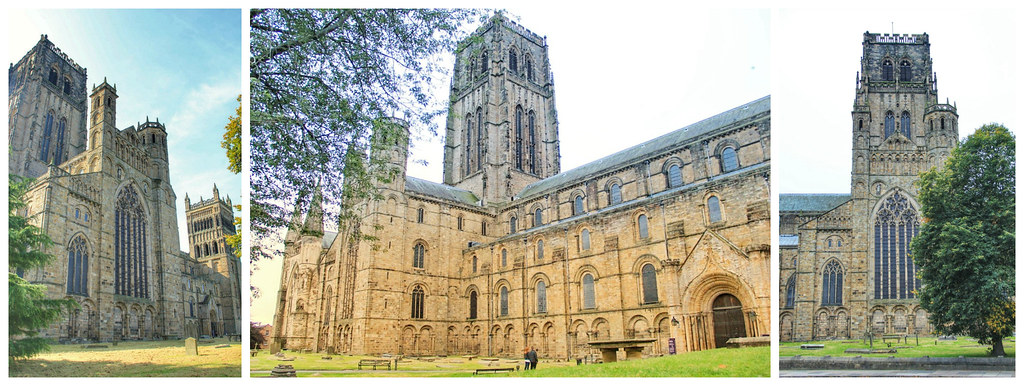
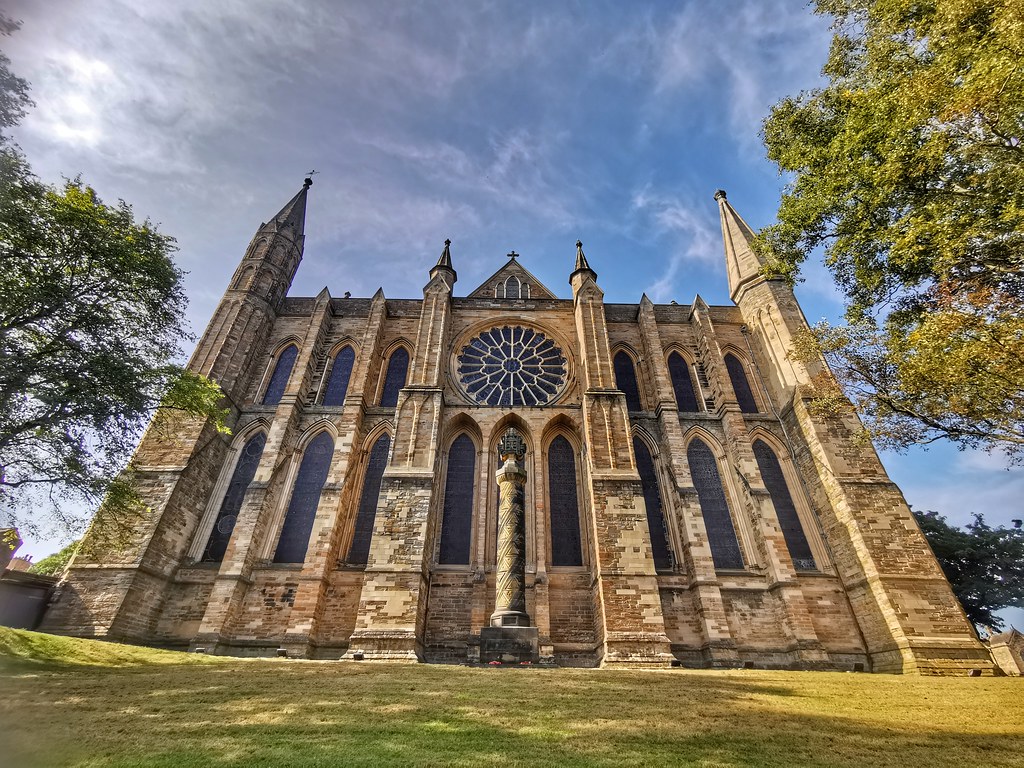


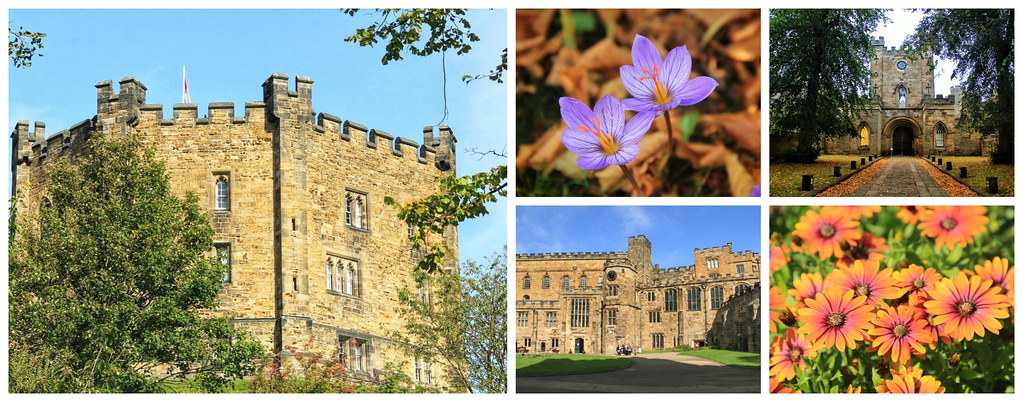

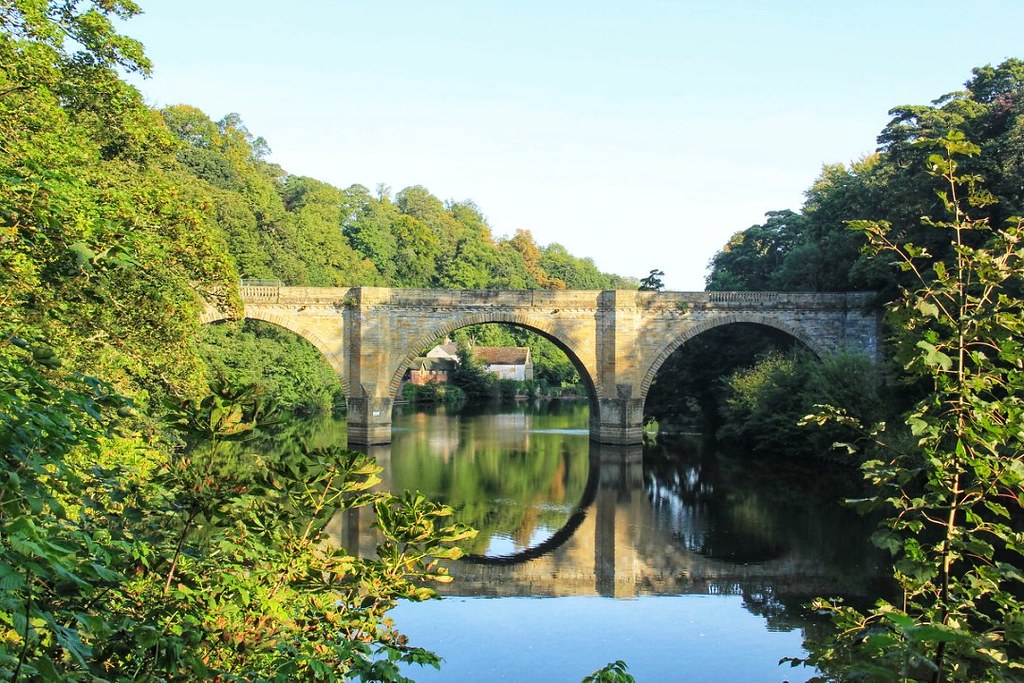
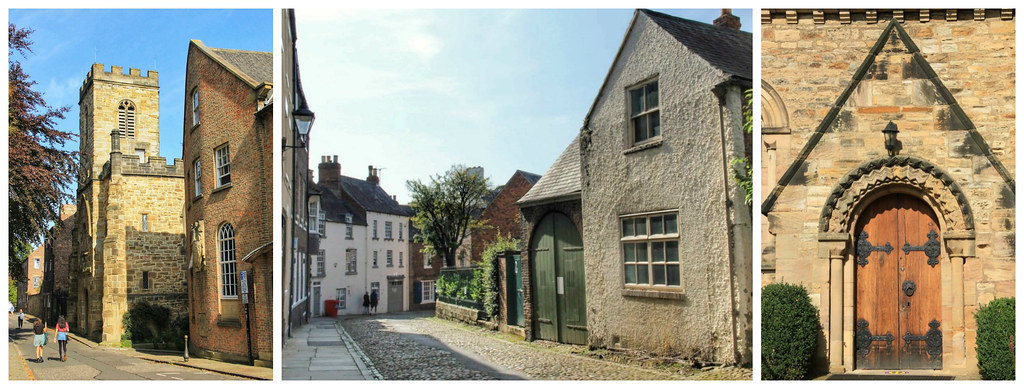
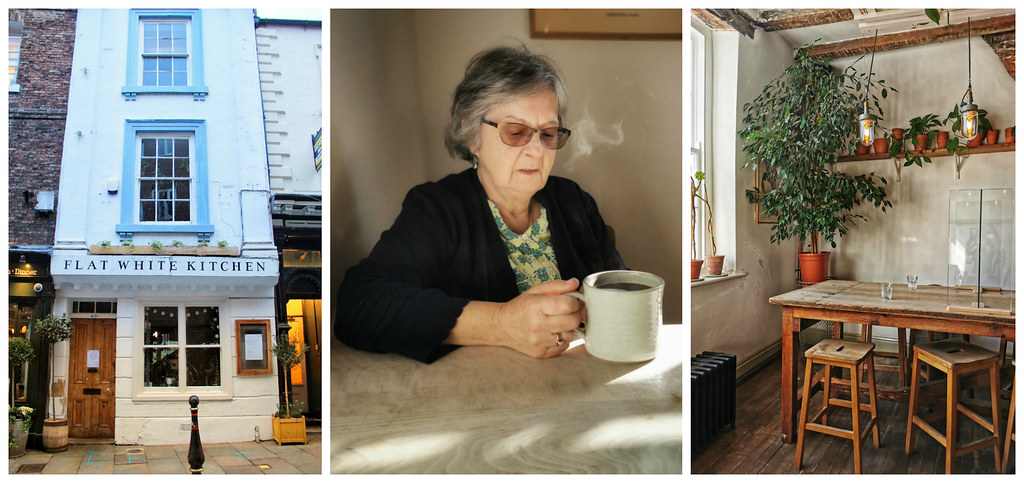



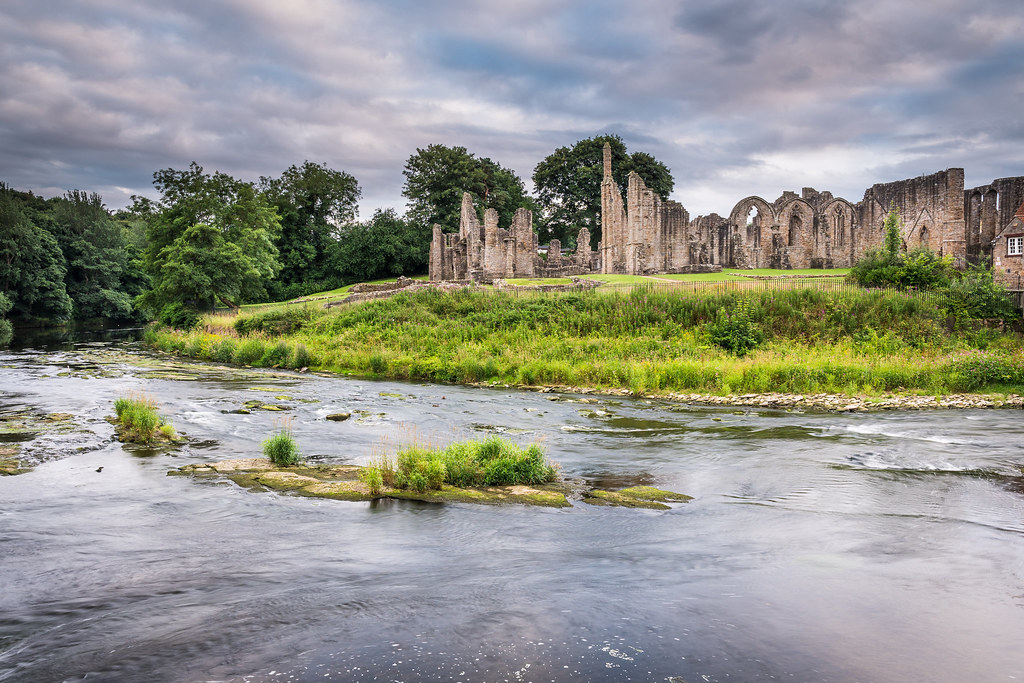




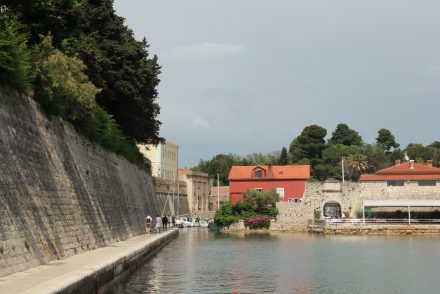


No Comments